<< Our Photo Pages >> The Annicu Stone - Sculptured Stone in England in Cornwall
Submitted by Sunny100 on Thursday, 01 July 2010 Page Views: 5242
Multi-periodSite Name: The Annicu Stone Alternative Name: St Nivet's StoneCountry: England
NOTE: This site is 1.977 km away from the location you searched for.
County: Cornwall Type: Sculptured Stone
Nearest Town: Bodmin Nearest Village: Lanivet
Map Ref: SX039642
Latitude: 50.444796N Longitude: 4.763304W
Condition:
| 5 | Perfect |
| 4 | Almost Perfect |
| 3 | Reasonable but with some damage |
| 2 | Ruined but still recognisable as an ancient site |
| 1 | Pretty much destroyed, possibly visible as crop marks |
| 0 | No data. |
| -1 | Completely destroyed |
| 5 | Superb |
| 4 | Good |
| 3 | Ordinary |
| 2 | Not Good |
| 1 | Awful |
| 0 | No data. |
| 5 | Can be driven to, probably with disabled access |
| 4 | Short walk on a footpath |
| 3 | Requiring a bit more of a walk |
| 2 | A long walk |
| 1 | In the middle of nowhere, a nightmare to find |
| 0 | No data. |
| 5 | co-ordinates taken by GPS or official recorded co-ordinates |
| 4 | co-ordinates scaled from a detailed map |
| 3 | co-ordinates scaled from a bad map |
| 2 | co-ordinates of the nearest village |
| 1 | co-ordinates of the nearest town |
| 0 | no data |
Internal Links:
External Links:
I have visited· I would like to visit
SandyG has visited here

Outside in the churchyard there are two crosses; one is a wheel-head cross from the 10th century, the other a 13th century four-holed wheel cross. The present church dates from the 15th century, but undoubtedly a church has stood on this site since the 5th century, when St Nivet, daughter of the Welsh king, Brychan, came to settle here, at what was then a pagan, sacred place.
You may be viewing yesterday's version of this page. To see the most up to date information please register for a free account.
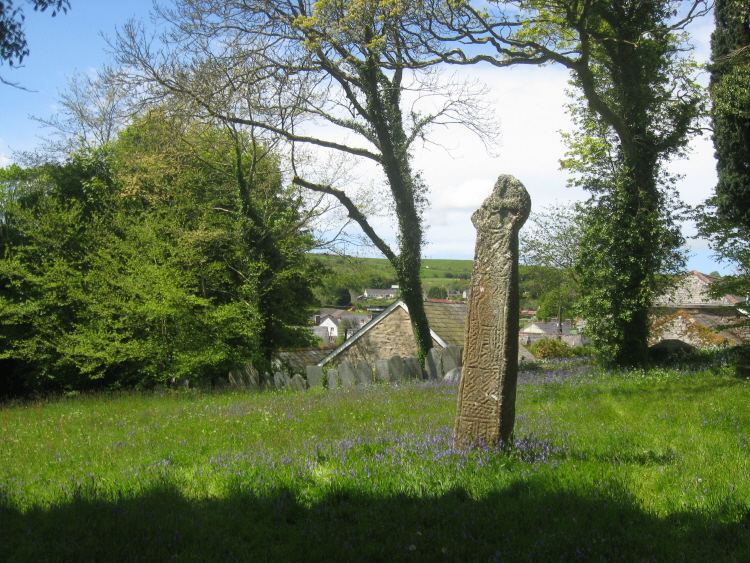


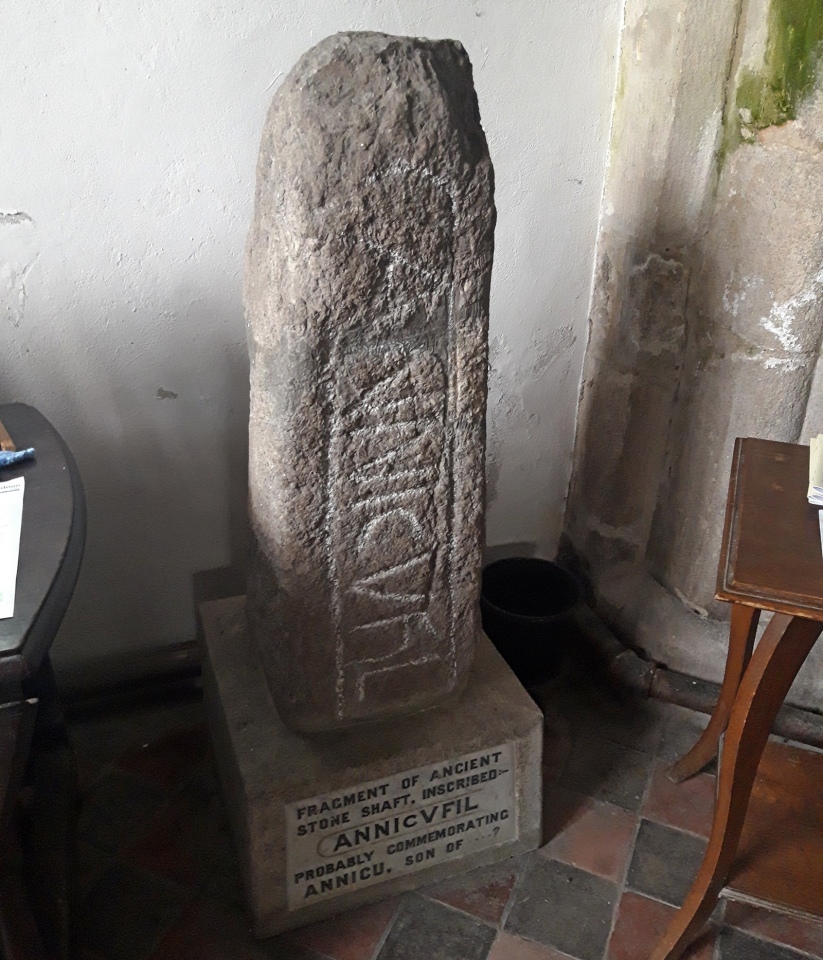








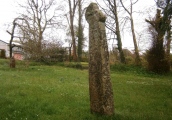


Do not use the above information on other web sites or publications without permission of the contributor.
Click here to see more info for this site
Nearby sites
Key: Red: member's photo, Blue: 3rd party photo, Yellow: other image, Green: no photo - please go there and take one, Grey: site destroyed
Download sites to:
KML (Google Earth)
GPX (GPS waypoints)
CSV (Garmin/Navman)
CSV (Excel)
To unlock full downloads you need to sign up as a Contributory Member. Otherwise downloads are limited to 50 sites.
Turn off the page maps and other distractions
Nearby sites listing. In the following links * = Image available
1.2km SE 138° Reperry Cross* Ancient Cross (SX0463963316)
1.7km SSW 206° Castilly Henge* Henge (SX03116274)
1.9km SSW 211° Castilly Tumulus* Round Barrow(s) (SX02846258)
2.2km ESE 110° St Ingunger Farm Cross* Ancient Cross (SX05976334)
2.5km ESE 119° Fenton Pits Cross* Ancient Cross (SX061629)
3.1km ESE 117° Lesquite Cross* Ancient Cross (SX06666269)
3.4km SE 136° Helman Tor* Causewayed Enclosure (SX06166166)
3.5km ESE 112° Lesquite Quoit* Burial Chamber or Dolmen (SX07076276)
3.7km NNE 26° Scarlett's Well* Holy Well or Sacred Spring (SX0566767503)
4.2km NE 40° Cocks Well* Holy Well or Sacred Spring (SX067673)
4.2km NE 38° Berrycombe Cross* Ancient Cross (SX0661067414)
4.2km NE 45° Eye Well* Holy Well or Sacred Spring (SX070671)
4.4km NE 53° St Petroc's Holy Well* Holy Well or Sacred Spring (SX07566671)
4.5km E 95° Holy Well (Lanhydrock)* Holy Well or Sacred Spring (SX084636)
4.6km NE 50° St Guron's Well House* Holy Well or Sacred Spring (SX075670)
4.6km E 95° Lanhydrock* Ancient Cross (SX085636)
4.7km NE 43° Berry Tower Cross* Sculptured Stone (SX07236746)
4.9km ENE 69° Castle Canyke* Ancient Village or Settlement (SX085658)
5.1km ENE 71° Carminow Cross Ancient Cross (SX08846569)
5.2km NE 48° Castle Hill Cross* Early Christian Sculptured Stone (SX0785567542)
5.6km S 169° Luxulyan stones* Natural Stone / Erratic / Other Natural Feature (SX0474658699)
5.6km N 357° Prior's Cross* Ancient Cross (SX038698)
5.8km N 359° Pencarrow Rounds* Hillfort (SX03987001)
5.9km WSW 243° St Gundred's Well* Holy Well or Sacred Spring (SW985617)
6.0km NE 49° Callywith Cross Early Christian Sculptured Stone (SX08566794)
View more nearby sites and additional images

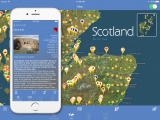

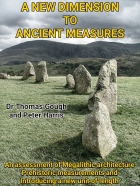


 We would like to know more about this location. Please feel free to add a brief description and any relevant information in your own language.
We would like to know more about this location. Please feel free to add a brief description and any relevant information in your own language. Wir möchten mehr über diese Stätte erfahren. Bitte zögern Sie nicht, eine kurze Beschreibung und relevante Informationen in Deutsch hinzuzufügen.
Wir möchten mehr über diese Stätte erfahren. Bitte zögern Sie nicht, eine kurze Beschreibung und relevante Informationen in Deutsch hinzuzufügen. Nous aimerions en savoir encore un peu sur les lieux. S'il vous plaît n'hesitez pas à ajouter une courte description et tous les renseignements pertinents dans votre propre langue.
Nous aimerions en savoir encore un peu sur les lieux. S'il vous plaît n'hesitez pas à ajouter une courte description et tous les renseignements pertinents dans votre propre langue. Quisieramos informarnos un poco más de las lugares. No dude en añadir una breve descripción y otros datos relevantes en su propio idioma.
Quisieramos informarnos un poco más de las lugares. No dude en añadir una breve descripción y otros datos relevantes en su propio idioma.